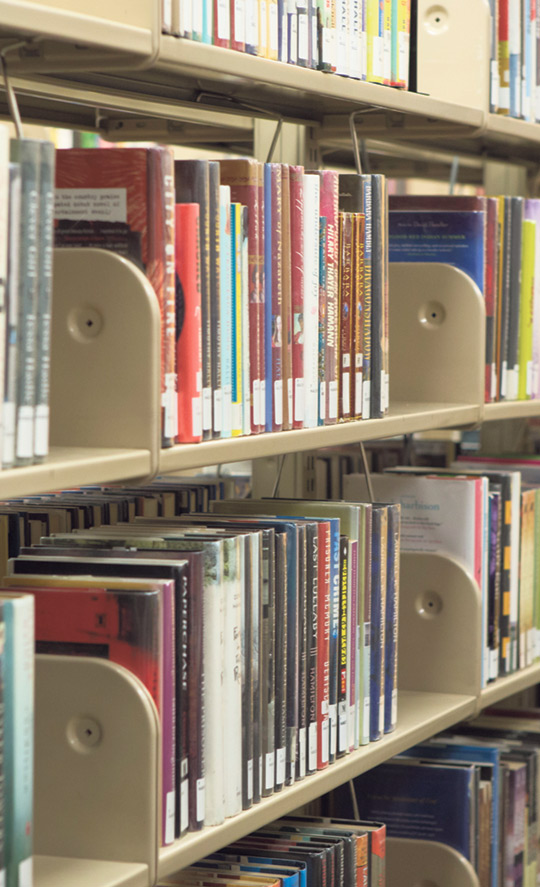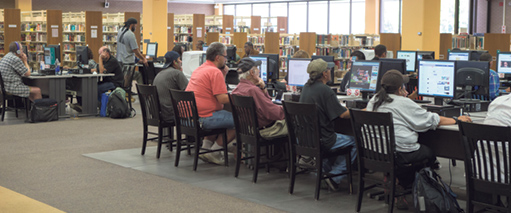Culture Shock: The Library
The Albuquerque And Bernalillo County Public Library's Departure From The Everyday


Eric Williams

Eric Williams








